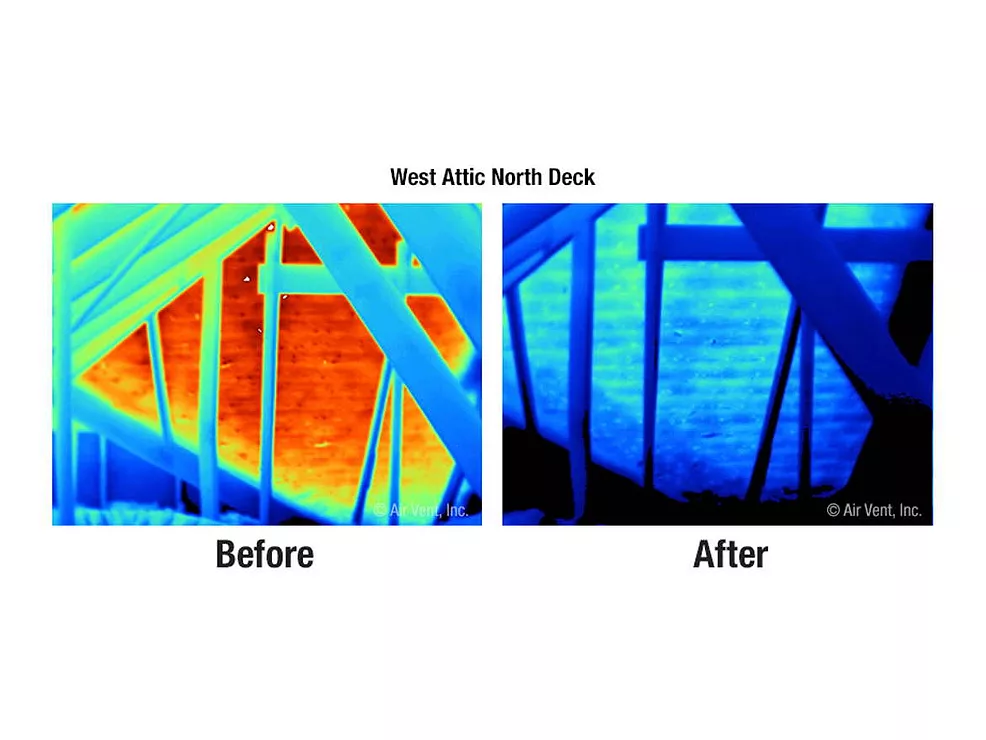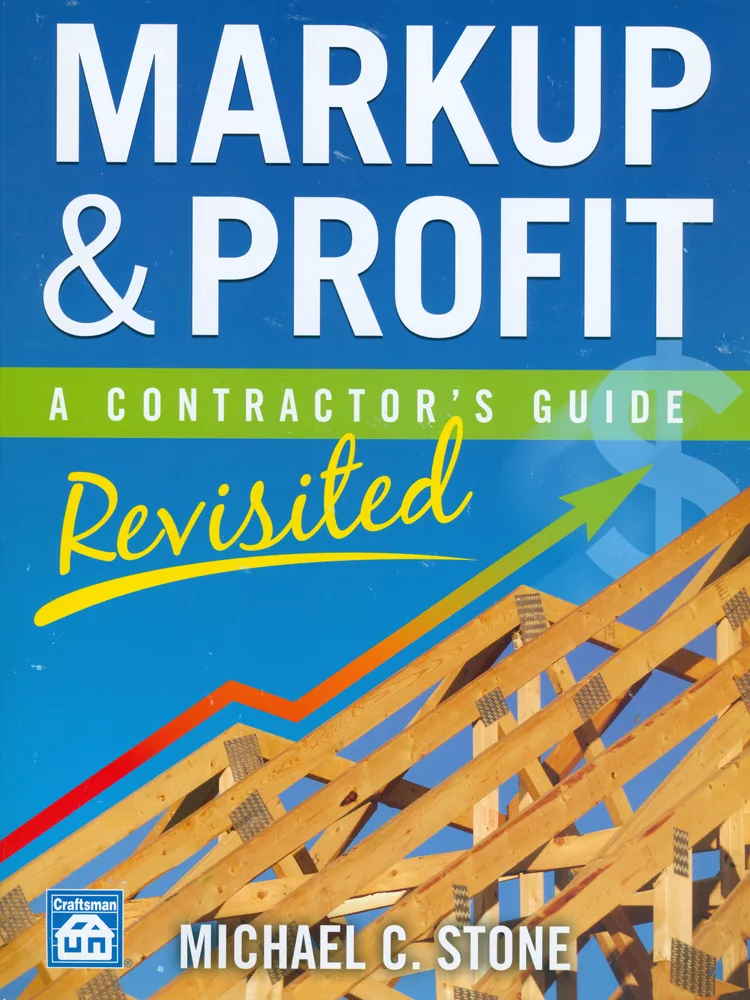TECHNICAL DETAILS: Thermoset Membranes (EPDM): Technology and Repairp>
EPDM systems have been on the United States commercial roofing market since the 1960s. Their widespread use began in the 1980s, and the technology has developed a favorable market share in the industry since that time. Their rise in market share correlated with the energy crisis in the United States during the 1970s (which drove the price of bitumen up due to higher oil prices), the development boom of the 1980s and increasing roofing labor shortages. The size of the membrane sheets (typically 20 feet by 100 feet) allowed contractors to install the systems with less labor and virtually no equipment. These factors quickly contributed to their widespread acceptance, as they were more economical to install over the labor-intensive, equipment-laden built-up roof systems.

EPDM systems have been on the United States commercial roofing market since the 1960s. Their widespread use began in the 1980s, and the technology has developed a favorable market share in the industry since that time. Their rise in market share correlated with the energy crisis in the United States during the 1970s (which drove the price of bitumen up due to higher oil prices), the development boom of the 1980s and increasing roofing labor shortages. The size of the membrane sheets (typically 20 feet by 100 feet) allowed contractors to install the systems with less labor and virtually no equipment. These factors quickly contributed to their widespread acceptance, as they were more economical to install over the labor-intensive, equipment-laden built-up roof systems.
Contractors also found a willing workforce (made up of former carpet layers) that did not have to contend with the safety risks and odors associated with hot bitumen. Instead of long pants, long shirts and heavy work boots, EPDM applicators could comfortably work in short sleeve shirts, short pants and tennis shoes. Building owners and developers quickly gravitated to the initial cost savings provided by these systems.

Carbon black is added to the EPDM polymer to add structure to the composition. Carbon black is the byproduct of oil or natural gas that has combusted under the deficient supply of oxygen. Carbon black adds the reinforcement to the sheet and also adds the color to the membrane. The proper amount of carbon black can double or triple a sheet’s tensile strength.
Oils are added to improve the low temperature flexibility of the rubber materials. Typically, the structure of the carbon black and other reinforcing materials make it difficult to blend into the EPDM composition. Oils are added to allow for quicker mixing and to keep the sheet in a flexible condition. The oils used are generally long chain paraffinic oils that are very temperature stable. This helps the EPDM withstand rooftop temperatures from –40°F to 180°F without losing flexibility. Recent industry studies have concluded that there is a loss of oil from evaporation in EPDM sheets that creates shrinkage of the membrane. Processing acids, such as talc or mica, are added to EPDM to smooth the material flow through the plant during the production stage. This reduces the sticking of the sheets and can assist in adding a smooth surface as the material is processed.
The final additives are curing agents that are applied in the curing process, which is known as vulcanization. The curing agents are the products that provide the chemicals to cross-link the rubber molecules. The curing agents bond the diene part of the different rubber molecules and chemically lock them in place. The vulcanization process provides a sheet that is thermally stable and can retain its dimensions and withstand the elements a roof is exposed to.
The equipment used to manufacture EPDM is standard mixing, calendering and curing equipment. The mixing is completed in an internal mixer that blends all of the ingredients together to form a mixed compound. The mixed compound is then formed into a sheet on a calender. A calender is a series of stacked steel rollers that all rotate at different speeds. In the calendering process, shear forces reduce the mixed rubber to a thin, uniform sheet. The sheet is trimmed to the required width prior to further processing. The calendering process is set up to laminate two plies of rubber together prior to the vulcanization process. During the curing process, chemical cross-linking occurs so that the two plies of rubber cannot be separated.
EPDM sheets are manufactured in widths from 54 inches to 50 feet and in lengths of 50 feet to 200 feet. The standard thicknesses of EPDM are 45 mils (0.045 inch) and 60 mils (0.060 inch). Some manufacturers provide sheets with thickness of 75 to 100 mils. Most EPDM sheets are reinforced.
Although the repair procedures to the membrane remain consistent, inspection for maintenance purposes and problems may differ with each application method.
Due to the ballast application, inspection of the membrane and locating roof leaks is very difficult and time consuming.
• Clean the seam surface with a wet rag.
• Apply primer over the required seam area.
• Apply seam adhesive over the required seam area in accordance with the membrane manufacturers requirements.
• Allow for proper curing of the seam adhesive.
• Adhere the seams by mating the surfaces and rolling completed seams.
• Apply lap sealant at the edge of the completed seams.
The application of EPDM seams is typically the most troublesome in roofing technology. Numerous products and application procedures have been tried throughout the years with little long-term success. EPDM seam failure accounts for the majority of problems associated with these systems.
The problems result from the manufacturing process of the membrane sheets. During manufacturing, talc is applied on the sheet during the vulcanization process to prohibit the sheet from curing on the rollers, which would block the line and impede production. The talc application prohibits the successful adherence of the seams and must be sufficiently cleaned from the membrane surface at seam locations. The cleaning can be completed with a solvent adhesive or white gasoline. Improper cleaning occurs when the talc is not fully removed or simply pushed by the rag cloth from one end of the seam to the other end.
Improper seam application also occurs where the proper adhesive quantities are not applied or when the sheets are adjoined prior to proper curing time. Seam adhesive should be applied at both seam interfaces. All dust particles and trapped air must be removed prior to seam application.
• Openings in the membrane from holes, splits or tears. Common areas to detect these defects are around rooftop equipment, where tools may have been dropped, or roof entry areas.
• Problems areas at the seams. Membrane seams are the most common points of failure on EPDM systems. Check all seams to ensure there are no open seams and that lap sealant is evenly applied over all seam locations.
• Degradation of the membrane surface from ponding of water. Look for signs of bio-growth and fungi in these areas.
• Loss of adhesion on fully adhered systems.
• Shrinkage of membrane sheet due to evaporation of the oil from the membrane.
• Fasteners in mechanically fastened systems backing out. This is typically caused by moisture in the insulation.
• Ballast scour or loss of ballast on loose-laid systems.

EPDM systems have been on the United States commercial roofing market since the 1960s. Their widespread use began in the 1980s, and the technology has developed a favorable market share in the industry since that time. Their rise in market share correlated with the energy crisis in the United States during the 1970s (which drove the price of bitumen up due to higher oil prices), the development boom of the 1980s and increasing roofing labor shortages. The size of the membrane sheets (typically 20 feet by 100 feet) allowed contractors to install the systems with less labor and virtually no equipment. These factors quickly contributed to their widespread acceptance, as they were more economical to install over the labor-intensive, equipment-laden built-up roof systems.
Contractors also found a willing workforce (made up of former carpet layers) that did not have to contend with the safety risks and odors associated with hot bitumen. Instead of long pants, long shirts and heavy work boots, EPDM applicators could comfortably work in short sleeve shirts, short pants and tennis shoes. Building owners and developers quickly gravitated to the initial cost savings provided by these systems.

Workers apply an EPDM system at the Church of the Risen Christ in Denver. The church has a sloping roof that is 80 feet tall, with the last 20 feet being almost vertical. The system was eventually coated white. (Photo courtesy of Johns Manville.)
Formulation of EPDM
EPDM is synthesized from ethylene, propylene and small amounts of diene monomer. The basic rubber polymer (EPDM) is the binder of the sheets and constitutes 50 percent of the total formulation. The formulation also consists of carbon black, antiozonants, antioxidants and other curing agents that account for another 25 percent of the formulation including oils, which act as plasticizers and rubber extenders. The mixed rubber is called a rubber compound.Carbon black is added to the EPDM polymer to add structure to the composition. Carbon black is the byproduct of oil or natural gas that has combusted under the deficient supply of oxygen. Carbon black adds the reinforcement to the sheet and also adds the color to the membrane. The proper amount of carbon black can double or triple a sheet’s tensile strength.
Oils are added to improve the low temperature flexibility of the rubber materials. Typically, the structure of the carbon black and other reinforcing materials make it difficult to blend into the EPDM composition. Oils are added to allow for quicker mixing and to keep the sheet in a flexible condition. The oils used are generally long chain paraffinic oils that are very temperature stable. This helps the EPDM withstand rooftop temperatures from –40°F to 180°F without losing flexibility. Recent industry studies have concluded that there is a loss of oil from evaporation in EPDM sheets that creates shrinkage of the membrane. Processing acids, such as talc or mica, are added to EPDM to smooth the material flow through the plant during the production stage. This reduces the sticking of the sheets and can assist in adding a smooth surface as the material is processed.
The final additives are curing agents that are applied in the curing process, which is known as vulcanization. The curing agents are the products that provide the chemicals to cross-link the rubber molecules. The curing agents bond the diene part of the different rubber molecules and chemically lock them in place. The vulcanization process provides a sheet that is thermally stable and can retain its dimensions and withstand the elements a roof is exposed to.
The equipment used to manufacture EPDM is standard mixing, calendering and curing equipment. The mixing is completed in an internal mixer that blends all of the ingredients together to form a mixed compound. The mixed compound is then formed into a sheet on a calender. A calender is a series of stacked steel rollers that all rotate at different speeds. In the calendering process, shear forces reduce the mixed rubber to a thin, uniform sheet. The sheet is trimmed to the required width prior to further processing. The calendering process is set up to laminate two plies of rubber together prior to the vulcanization process. During the curing process, chemical cross-linking occurs so that the two plies of rubber cannot be separated.
EPDM sheets are manufactured in widths from 54 inches to 50 feet and in lengths of 50 feet to 200 feet. The standard thicknesses of EPDM are 45 mils (0.045 inch) and 60 mils (0.060 inch). Some manufacturers provide sheets with thickness of 75 to 100 mils. Most EPDM sheets are reinforced.
Application Methods
Whereas built-up roof systems and modified bitumens are generally applied in a similar manner not withstanding the bituminous product - asphalt or coal tar, adhesive, torch, self adhered - single-ply roofs are installed in one of three separate application methods. There are three types of application systems for EPDM membrane. They are loose-laid ballasted, mechanically attached and fully adhered.Although the repair procedures to the membrane remain consistent, inspection for maintenance purposes and problems may differ with each application method.
Loose-Laid Ballasted
This is the least expensive of all roof applications. It is most commonly used on developed driven construction. The premise is simple. As the name implies, insulation is set over the roof deck in a loose manner. A single layer of EPDM is set over the insulation. The membrane is only adhered at the seams, flashings, and penetrations. Ballast is applied over the membrane to serve as weight for the roof system. It should be noted that Factory Mutual does not recognize this method of application as a proper roof system due to the potential for roof blow-offs.Due to the ballast application, inspection of the membrane and locating roof leaks is very difficult and time consuming.
Mechanically Attached
In this application method the EPDM is attached at strips or point methods. The strip attachment uses linear bars hidden at each membrane lap with fasteners penetrating the membrane and insulation into the deck. The point method uses stress plates and metal fasteners or wide plates that are fastened to the deck. The EPDM membrane is adhered to the plates.Fully Adhered
With a fully adhered system, the EPDM membrane is adhered to the substrate (deck or insulation) with cold adhesive or contact cement. The full underside of the membrane sheet must be adhered for proper attachment.Seam Application
EPDM becomes inert in the vulcanization process. Due to this fact, the membrane seams cannot be adhered by solvent or heat welding. The proper seam application occurs through the following steps:• Clean the seam surface with a wet rag.
• Apply primer over the required seam area.
• Apply seam adhesive over the required seam area in accordance with the membrane manufacturers requirements.
• Allow for proper curing of the seam adhesive.
• Adhere the seams by mating the surfaces and rolling completed seams.
• Apply lap sealant at the edge of the completed seams.
The application of EPDM seams is typically the most troublesome in roofing technology. Numerous products and application procedures have been tried throughout the years with little long-term success. EPDM seam failure accounts for the majority of problems associated with these systems.
The problems result from the manufacturing process of the membrane sheets. During manufacturing, talc is applied on the sheet during the vulcanization process to prohibit the sheet from curing on the rollers, which would block the line and impede production. The talc application prohibits the successful adherence of the seams and must be sufficiently cleaned from the membrane surface at seam locations. The cleaning can be completed with a solvent adhesive or white gasoline. Improper cleaning occurs when the talc is not fully removed or simply pushed by the rag cloth from one end of the seam to the other end.
Improper seam application also occurs where the proper adhesive quantities are not applied or when the sheets are adjoined prior to proper curing time. Seam adhesive should be applied at both seam interfaces. All dust particles and trapped air must be removed prior to seam application.
Distress Signs of EPDM Systems
Here is a list of items to look for during maintenance inspections:• Openings in the membrane from holes, splits or tears. Common areas to detect these defects are around rooftop equipment, where tools may have been dropped, or roof entry areas.
• Problems areas at the seams. Membrane seams are the most common points of failure on EPDM systems. Check all seams to ensure there are no open seams and that lap sealant is evenly applied over all seam locations.
• Degradation of the membrane surface from ponding of water. Look for signs of bio-growth and fungi in these areas.
• Loss of adhesion on fully adhered systems.
• Shrinkage of membrane sheet due to evaporation of the oil from the membrane.
• Fasteners in mechanically fastened systems backing out. This is typically caused by moisture in the insulation.
• Ballast scour or loss of ballast on loose-laid systems.
Looking for a reprint of this article?
From high-res PDFs to custom plaques, order your copy today!




